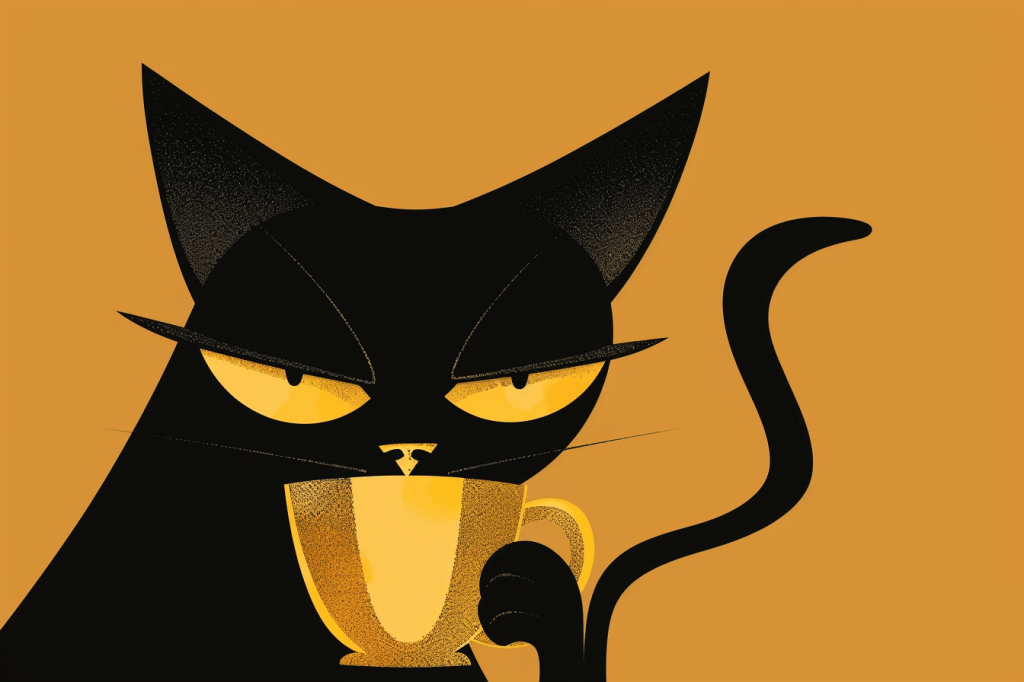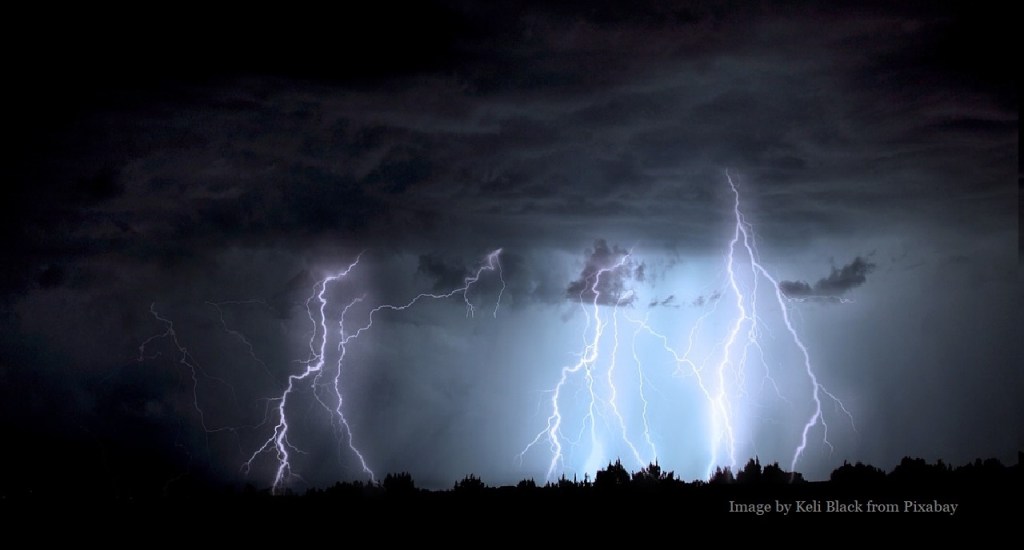Yesterday over at According to Hoyt, Sarah kindly posted a guest blog by yours truly asking “Where’s the Money?”. The post came out of reading Jim Hines’ annual reporting of what he made as an author and the results of he 2014 Digital Book World and Writer’s Digest Survey. I won’t rehash that blog other than to say I had some serious issues with the survey — or at least with the results of it tat have been reported. I won’t pay the almost $300 required to get full access to the survey questions and responses. However, doing some more research into the survey has led me to suspect that some of my suspicions about the reasons behind the survey were correct.
According to an article over at the DBW (Digital Book World) site, the survey “asked authors whether particular outcomes were more likely with self-publishing or traditional publishing.” Authors were asked about distribution, cover and interior design, marketing, etc. Note, too, that the author of this article links to “What Advantages do Traditional Publishers Offer Authors”, which for a mere $295 will let you see the survey results and, presumably, other information.
Take a few moments to look over the DBW article and then tell me that there isn’t a bias, at least in the way the information is presented, toward traditional publishing. It also becomes more clear in this article that the “aspiring authors” who took part in the survey, and accounted for approximately 65% of the respondents, were just that – “aspiring” authors. People who have never sold anything. I came to that conclusion when reading the last paragraph of the article. The problem with this is that when you are surveying authors about things like income and publication numbers, especially when you are trying to point out the differences between traditionally published and self-published authors, why in the world are you skewing the results by including authors who have never published?
If that isn’t proof enough that there was bias built into the survey, the next DBW article is further evidence of it. In “2014 Author Survey: Indie Authors and Others Prefer Traditional Publishing . . . Slightly“, the author of the article comments that most authors would prefer to traditionally publish their work. They didn’t share his enthusiasm for indie publishing. He points out that the majority of those answering the survey “were aspiring authors who had not yet published a manuscript.” Of these aspiring authors, approximately only a third had a finished manuscript. The rest of the respondents break down thusly: The numbers of self-published (n=1,636), traditionally published (n=774), and hybrid (n=598) authors are relatively small by comparison (and the remaining authors could not be classified due to missing information).
Oookay, now my suspicions about the survey have been confirmed. The “aspiring authors” are just that, folks who have not yet published anything. So, my question continues. Why were their responses given any weight in the survey about our industry, especially when it comes to income and units sold? Also, why was data from those unclassified authors considered?
But to continue. . .
My next suspicion is also confirmed. The survey was, indeed, non-scientific. It was done by folks volunteering to answer the survey questions instead of the survey developers going out and taking a random sampling of the writer pool. Most of those who responded did so after receiving notice from Writer’s Digest about the survey. You know Writer’s Digest. That’s the company and magazine that has so much of its survival tied to the continuing survival of traditional publishing. Hmmmm. . .
The greatest preference for traditionally publishing was reported by traditionally published authors (87.2%) followed by not-yet-published authors (76.8%). Among authors who have self-published, more than half hoped to publish with traditional publishers—53.5% of self-published authors and 57.8% of hybrid authors.
Considering how the survey was conducted, this doesn’t surprise me. Heck, I would like to traditionally publish — but only with one publisher and that publisher isn’t actually all that “traditional” when you look at the greater scheme of things. I’d love t sign a contract with Baen. It is the one publisher where I know I wouldn’t have to skew my politics and beliefs in a book I wrote so that it followed whatever the politically correct/socially desirable cause du jour might be. Baen, under the leadership of Jim Baen, expanded into e-books long before there was a Kindle or a Nook. He saw that technology and customer demands were changing and he led the field — with the field kicking and screaming and condemning him — into the digital age. He refused to put DRM on his e-books, something that has continued under the leadership of Toni Weisskopff. So, yes, I’d sign a contract with Baen any day of the week. I can’t say that about any other traditional publisher.
To add another layer to the misinformation that has been coming from this survey, take a look at what Publishers Weekly has to say about it. “Just over 9,200 authors responded to the survey. . . .” Now, PW does go on to note that these “authors” fall into four categories: aspiring, self-published, traditionally published and hybrid-published. Still, the skewing is done. It goes on to reinforce the “findings” that most authors would prefer the traditional route because they feel they will get more marketing, distribution and editorial support. (Sarah, quit laughing. They did survey mostly unpublished authors who don’t know better.)
Look, the truth of the matter is simple. Those behind the survey may have had the best of intentions but the survey is flawed. Yes, some authors may have wonderful editors who work closely with them. They may actually get good marketing and distribution from their publishers. But they are the exception and not the rule. You can find story after story about authors who have had books published that their so-called editor never even looked at. It was relegated to an intern or someone similar to make sure there weren’t too many misspelled words and then sent to the printer. You’ll find other writers, some of them bona fide best sellers, who hire private editors to go over their work because they know the editors at their publishing house either won’t or can’t do a decent editing job on it.
As for marketing, that usually consists of making sure your book is listed in the publication catalog sent to bookstores. Rare is the project where actual publisher dollars are spent on commercials or internet ads or, gasp, book tours. Now, your publisher will be more than glad for you to spend your own money to do so — in fact, a lot of them will encourage you to spend your money to promote your work. I could go on and on but I think you get the picture.
To close, the survey concludes that vast number of non-traditionally published authors made less than $500. That might be true but we can’t take that at face value because of the problems with the survey. What I can tell you is that I made substantially more than that this past year. I know a number of other self-published or micro-press published authors who did as well. I also know that I have seen as many poorly formatted e-books from traditional publishers as I have from indies. Are there advantages to being traditionally published? Sure. But the question becomes do those advantages outweigh the disadvantages? That’s something each of us has to weigh.
And for the love of Pete, if you get a contract offer from a legacy publisher, have an IP attorney look it over before signing it.
For me, I will continue along the path I’ve been on these last few years. If, by any chance, I do get an offer from Baen, I’ll be thrilled. But I won’t hold my breath until I do. Instead, I will continue writing, both under my own name and under the pen name of Ellie Ferguson, and smiling as I collect my royalty payments. And I most definitely will not let the results of some survey convince me that I’m doing it wrong — at least not if they want me to pay almost $300 just to see the survey and the results and when it is clear from the data that has been reported that the survey has some very serious problems with the survey sample and with possible bias.




11 responses to “Where’s the Money, Pt. 2”
As far as I’m concerned, the era of the Traditional Publisher vanished with the tax law changes that eliminated backstock. Being “Published” became a one-shot deal, and once the books were sold or pulped, that was it, your book ceased to exist. The warehouses full of books that people could order, to buy an author’s entire list once you discovered him ceased to exist (except at Amazon, it appears). But the contracts and payment system are still designed as if they did.
The Publishing industry need to catch up with itself before it can hope to catch up with Indie. (Yes, it seems like they’re ahead, but a head start is worthless if you’re not moving.)
I agree with you. What really bothers me with the print runs and backstock issue is that publishers continue to tell authors they don’t really know how many books were printed/distributed/sold but this is their “best guess” based on the Bookscan numbers. Then there are the publishers who do micro-prints to avoid doing a second printing and having to pay the author for it. Finally, there is no reason for a book not to be available to a bookseller in this day and age of POD. Of course, that means the authors have to start insisting on very definite language on what “in print” and “out of print” means in their contracts — and you can bet the publishers will kick and scream and thrown a tantrum a two year old would envy when more and more authors start throwing contracts back at them and telling them to take a hike until they come back with a more author-friendly contract.
If the WD “aspiring writers” aspire to traditional publication, perhaps their lack of income should be counted toward the traditionally-published income side of the ledger.
Ah, but that would skew their numbers in the wrong direction, don’cha know? 😉
Heh.
Ok, I’ll bite. I made less than $500 in book sales last year. Why? Because short story collections sell slowly, because I stopped selling through B&N, because I only sell e-books, and I write a niche. Do I expect to do better this year? Oh heck yeah, because I now have novels out, with more coming, and in a well-known sub-genre. And I am in the process of getting onto iBook, so that will get more eyes on my product. BUT I also have a contract with a “real” press (non-fic, but hey), so this hybrid author would skew their numbers.
You and PG and the others were right, Amanda. The numbers smell funnier than a four-day-dead fish on a sidewalk in Houston in August.
I made just under $400 last year, most of it in the fall after I released a new novel (#3 for me, but a standalone). I released another novel this month and have another scheduled for late March. Then two more through the summer and fall. This month I’ve accrued just under $50 so far. So I fully expect to earn much more this year than last. And last was double the year before, which was double the year before that. It takes time, which is another thing these sorts of surveys always seem to miss. “The average self published book sells less than 200 copies” Oh really? Over what time frame? They never answer that question…
My income leaped when I started putting novels out. Mind you, mostly one novel sells — No WIll But His…
I had a backlog of books I’d written and had planned on starting on publishing on Amazon in 2011 but my health intervened and I didn’t actually start until June 2012 when I rolled out my first book. I’m an anal record keeper and I hit the sales summaries every day. Sales, for the first few months were sluggish, but slowly picked up as I got more books out there (I was publishing one every other month). My covers were pretty awful, but by the end of 2012 I had 4 books out there and was selling 50-100 books a month. I read Sarah’s comments about having more than a few books for sale and so I upped my publishing to one a month. By March I had seven books published and was selling a 100 books a month.
Then came April. I still don’t know what happened on April 21, 2012, but abruptly one of my books sold 150 copies overnight. It was the latest book in my main series. By the end of the month I’d sold more that 800 books. I suspect my book was featured on one of the “Kindle Daily Deals” but I never knew. Sales gradually tapered off, and the slump in e-book sales last fall was bad for me as it was for many. So last year I made a *lot* more than $500 — shucks, a few months there I made more than my house payment!
I do no promotion, and had to be dragged kicking and screaming to Facebook and Goodreads. I’m trying to get professional help for editing and may do so for my covers in the coming months.
One last thing. I have done paperback books on Createspace and Kindle and only at Amazon. I routinely sell 10-15 times as many e-books as paperbacks.
That’s a great story. Thanks for sharing.
[…] ← Where’s the Money, Pt. 2 by accordingtohoyt | January 29, 2014 · 8:27 am ↓ Jump to Comments […]